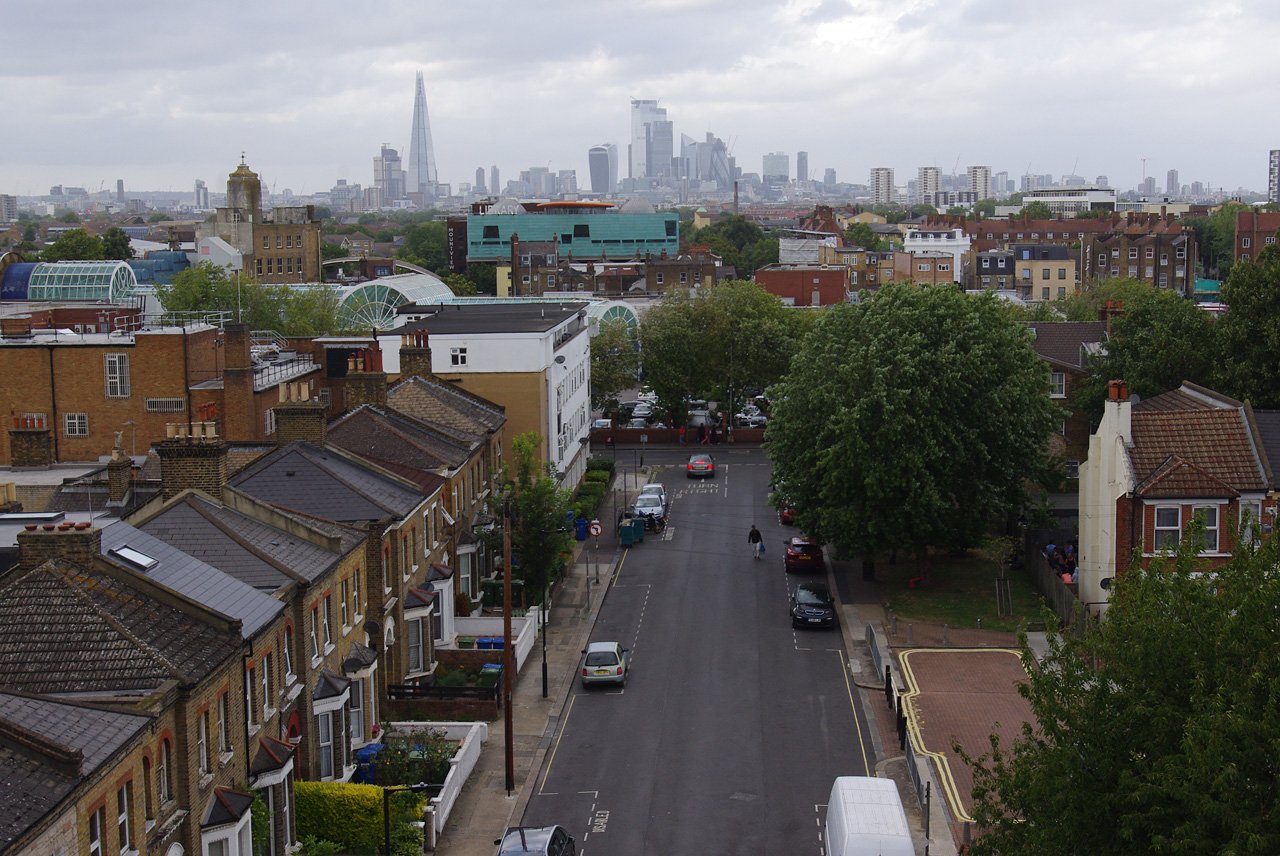PECKHAM - SOUTHWARK
PECKHAM - SOUTHWARK
SOUTHWARK
Peckham, one of Southwark's key wards, was chosen for the AWAIR project for several important reasons. Scroll this page to learn more.
HOW TO TAKE ACTION ON AIR POLLUTION
WHY PECKHAM?
Peckham, one of Southwark's key wards, was chosen for the AWAIR project for several important reasons:
Health Risks: Peckham faces elevated cancer-related deaths and respiratory diseases, making it a critical area for intervention. The borough has one of the highest hospital admission rates for conditions linked to poor air quality, such as asthma and COPD. By placing air quality displays in Peckham, the AWAIR project seeks to inform residents of their local air quality, empowering them to make informed decisions about their health.
Air Pollution Levels: As a designated Air Quality Focus Area (AQFA), Peckham experiences significant pollution, especially along busy roads. For instance, Southwark has some of the highest mortality rates linked to pollution-related diseases, such as respiratory issues and cancer, particularly in wards like Peckham, Nunhead & Queens Road, and Old Kent Road. Monitoring the air quality in different areas of Peckham will help highlight the disparity in pollution exposure, contributing to better public understanding of how air quality impacts different spaces within the community.
Digital Exclusion: Peckham is home to many residents who are digitally excluded. This is a community with a relatively high percentage of adults without qualifications, which correlates with digital exclusion. By using public displays to communicate air quality data, the AWAIR project aims to bridge the digital divide and ensure that residents can access vital environmental information without relying on technology.
Community-Driven Locations for Future Displays
The placement of air quality displays has been guided by feedback from the community, ensuring they are installed in key areas where air quality information is most relevant. Several themes emerged from the survey responses, shaping the decision-making process, along with examples of suggested locations:
High-Traffic and Commuter Areas: Residents highlighted the need for displays in busy spots where pollution levels are likely to be higher. For example, the area around Queens Road Peckham Station and Peckham Rye Station was noted for its heavy foot traffic, with commuters, shoppers, and skaters making it a vital location for raising awareness.
Parks and Recreational Spaces: Parks were frequently mentioned as essential display locations, especially those used by families. Brimmington Park, situated between Queens Road Station and Old Kent Road, with its children’s playground, was suggested as a key area where parents and children could access air quality information.
Community and Social Hubs: Social gathering places like cafés and shopping streets are ideal for reaching a wide audience. Locations near the Bussey Building and Copeland Car Park were highlighted, as these areas attract young people and serve as cultural hubs. Similarly, the area around Blackbird Café on Queens Road was suggested as an important spot, being a focal point for local activity.
School Routes and Residential Areas: Protecting children from pollution was a major concern, with locations near schools and nurseries often suggested. Streets like Queens Road, between Waller Road and Kings Grove, were noted for the high number of children traveling daily to school. This busy road also sees significant car and heavy goods vehicle traffic, making it an ideal location for a display to monitor pollution levels.
These examples demonstrate the community's desire to see air quality information in places where people live, commute, and gather, ensuring that awareness of pollution is integrated into everyday life in Peckham. To have your say on where future displays should be located fill out this form.
Southwark is a vital focus area for the AWAIR project, driven by the borough’s environmental and health challenges. Southwark, much like its neighboring borough Lambeth, experiences significant air pollution, particularly along major roads such as the A2 and A202. The AWAIR project aims to bring air quality awareness to Southwark’s communities, especially in areas where residents face health risks exacerbated by poor air quality.
Southwark’s dense population and mix of residential, commercial, and public spaces make it an ideal borough to showcase the impact of localized air quality monitoring. With a high rate of conditions linked to pollution, such as COPD and asthma, it is crucial to address the public health risks associated with Southwark’s air quality. By deploying solar-powered air quality displays, the project offers a new way for residents to engage with environmental data, making Southwark a key player in the push for cleaner, healthier urban living.



